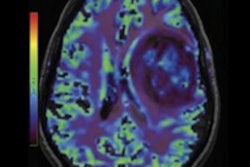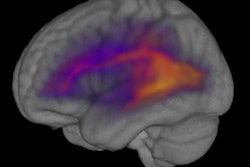
The rate of fMRI steadily increased from 2007-2014 but has become stagnant since due to potential barriers like inadequate reimbursement, according to a new Harvey L. Neiman Health Policy Institute study.
Dr. Solmaz Asnafi and colleagues used the Medicare Physician-Supplier Procedure Summary Master File to determine the use of fMRI in Medicare fee-for-service beneficiaries from 2007 through 2017. For the first seven years, fMRI adoption increased as unique current procedural terminology codes became available, but then plateaued. The predominant specialty group to perform fMRI was radiologists and the predominant setting was outpatient.
The researchers speculate fMRI adoption dropped due to a 26% decrease in Medicare reimbursement from 2007 to 2017, as well as competing technologies for presurgical evaluation of refractory focal epilepsy and functional brain mapping.
Asnafi and colleagues surmise the need for preoperative fMRI will increase as the incidence of primary brain tumors rises due to an aging population as well as improved diagnosis and therapies.
They also recommend a comparison of alternative technologies with fMRI trends to ensure use among Medicare beneficiaries is meeting the population-level clinical needs.


.fFmgij6Hin.png?auto=compress%2Cformat&fit=crop&h=100&q=70&w=100)





.fFmgij6Hin.png?auto=compress%2Cformat&fit=crop&h=167&q=70&w=250)











